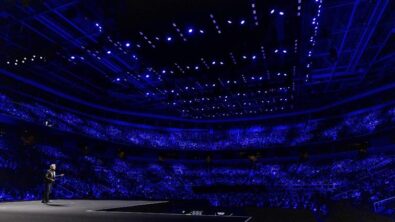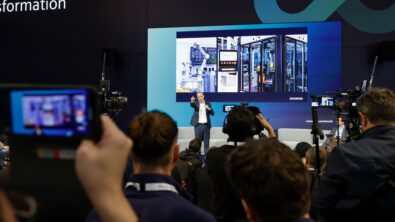How to Design a High-Speed Ferry that Carries its Own Weight in Payload
How our customers use our software products and the designs they produce never ceases to fascinate me. Many moons ago I spent several months working in Le Havre, France, and had occasion to travel on the cross channel ferries a few times. I have to say though, in those days the ferry didn’t look anything like this:
Courtesy of LD Lines
This is the Norman Arrow, designed by Tasmania based Revolution Design. She is the largest diesel-powered catamaran in the world, capable of operating at speeds of over 40 knots and has capacity for 1200 passengers and over 400 cars (full specifications). Revolution Design specializes in lightweight marine vehicles, and is well known for designing high-speed catamarans and the unique wave-piercer hull.
To become more competitive in the high-speed marine market and to facilitate the regulatory compliance procedure, Revolution Design wanted to make a substantial improvement in its design, analysis and optimization processes. This was successfully achieved by working with Sydney based Siemens PLM Software partner Endurasim, and transitioning to use Femap with NX Nastran simulation software.
Hull analysis using Femap with NX Nastran
To find out more read the Revolution Design case study.
Alastair


